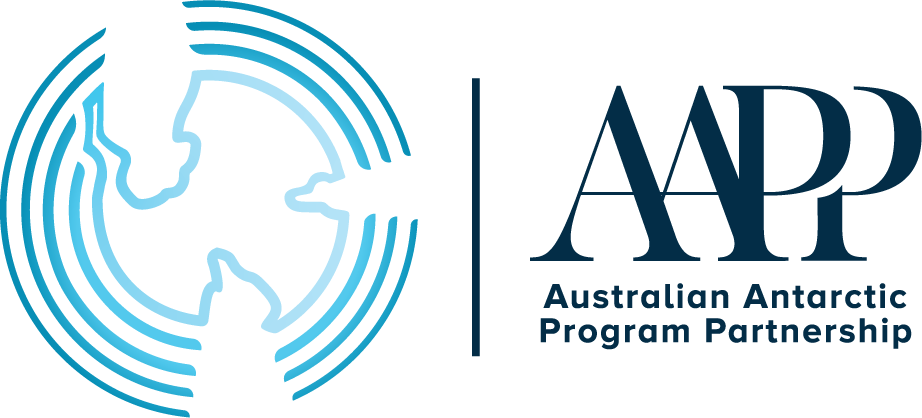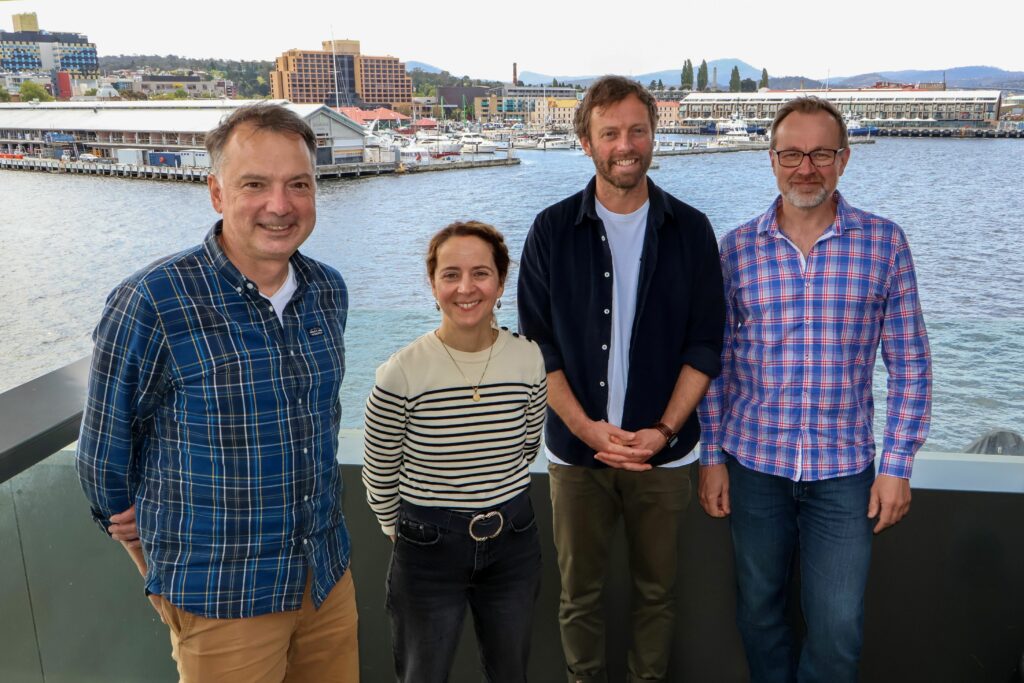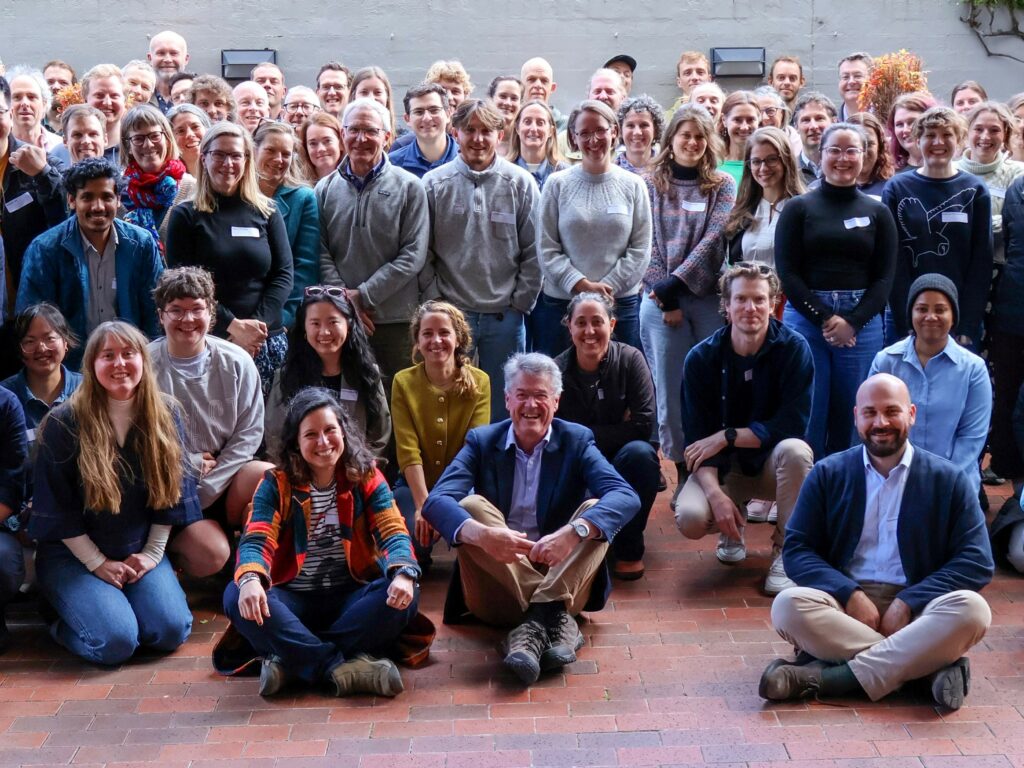Into the ice (or not)
26 March 2025
by Claire Yung – republished from Australian Centre of Excellence in Antarctic Science (ACEAS)
During the first few weeks of the Denman Marine Voyage, we’ve seen sea ice in a variety of shapes and forms. Many of us stood at the windows of the observation lounge to see the RSV Nuyina first glide from the open ocean into a thick covering of sea ice. Since then, we have seen different types of sea ice, from newly-formed ice to thicker, older floes that shake the ship when we collide with it.
A group of volunteers have been performing regular sea ice observations to assess the type of sea ice, its coverage and thickness. These observations will complement satellite observations and enable more accurate estimates of Antarctic sea ice conditions now and into the future.
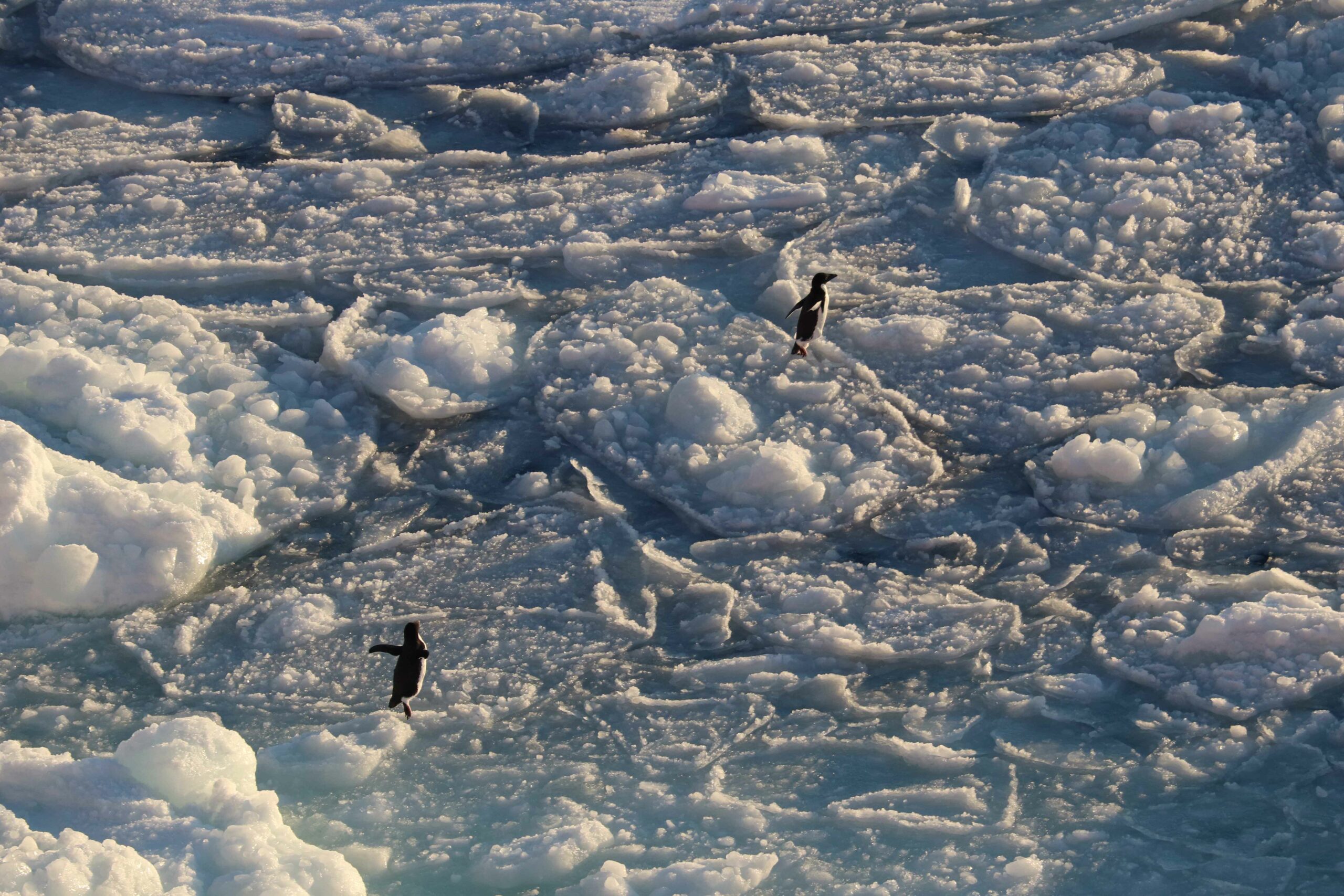
On a very cold and still day, we saw nilas ice, which is a very thin crust of sea ice freshly formed on the ocean that makes it look like the ocean is blurry. Elsewhere, we saw small pancake-shaped grey sea ice, created as the waves jostle the newly formed ice around and break it up into circular floes. Larger pancake ice thickens and whitens and can also have snow covering it.
We have also seen very thick sea ice likely formed last winter or before with a thick layer of snow on top. Then there is brash ice, which is smashed up sea ice and icebergs in irregular shapes. Most sea ice is white or grey but some are brown tinted beneath, indicating biological activity. Other floes have dustings of penguin poo!
As we move further into autumn during the rest of the voyage, the cold weather will bring more sea ice formation. Hopefully as we explore other regions around the Denman Glacier and Shackleton Ice Shelf we will find some large, thick floes with more seals (perfect for seal tagging) and more penguins on them.
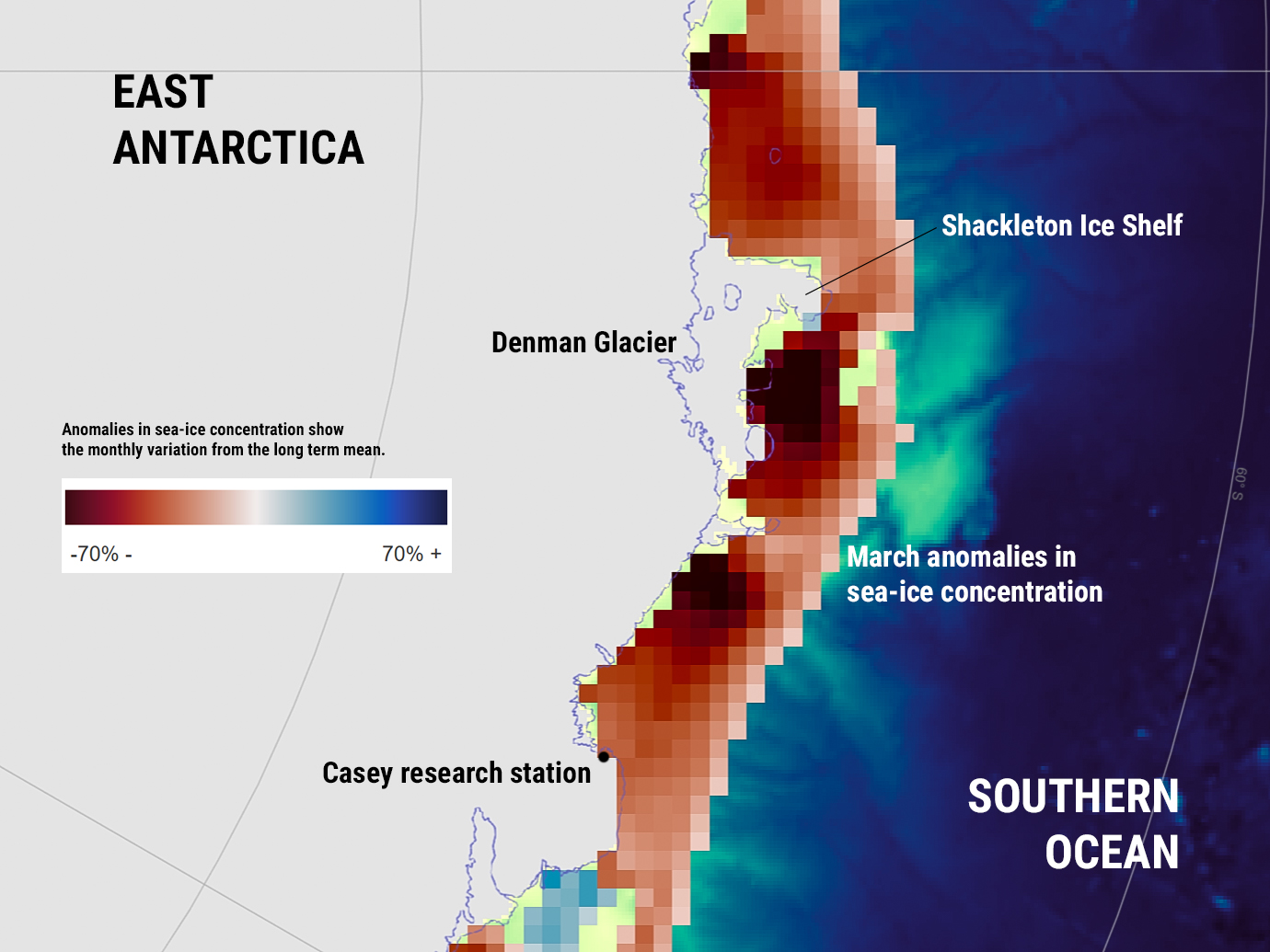
On a more sombre note: though we have seen sea ice on our voyage, there is far less sea ice coverage than the historical average. Throughout Antarctica, sea ice cover is very low this year (1). Scientists have shown (2,3,4) evidence for a recent sea ice regime shift, especially in light of record sea ice lows since 2022. The Denman Glacier region is no exception: the low sea ice cover means that the RSV Nuyina can access places no humans have been before, allowing us to obtain critical oceanographic and bathymetric data, but is also a reminder of the serious and unprecedented changes to Earth’s climate happening all around us.
Claire Yung (ANU) is part of the hydrochemistry team for ACEAS on the Denman Marine Voyage. She is a PhD student studying ice-ocean interactions near Antarctica and their implementation in ocean models.
The Denman Marine Voyage is a collaboration between the Australian Antarctic Division (AAD), Securing Antarctica’s Environmental Future (SAEF), the Australian Centre for Excellence in Antarctic Science (ACEAS) and the Australian Antarctic Program Partnership (AAPP).
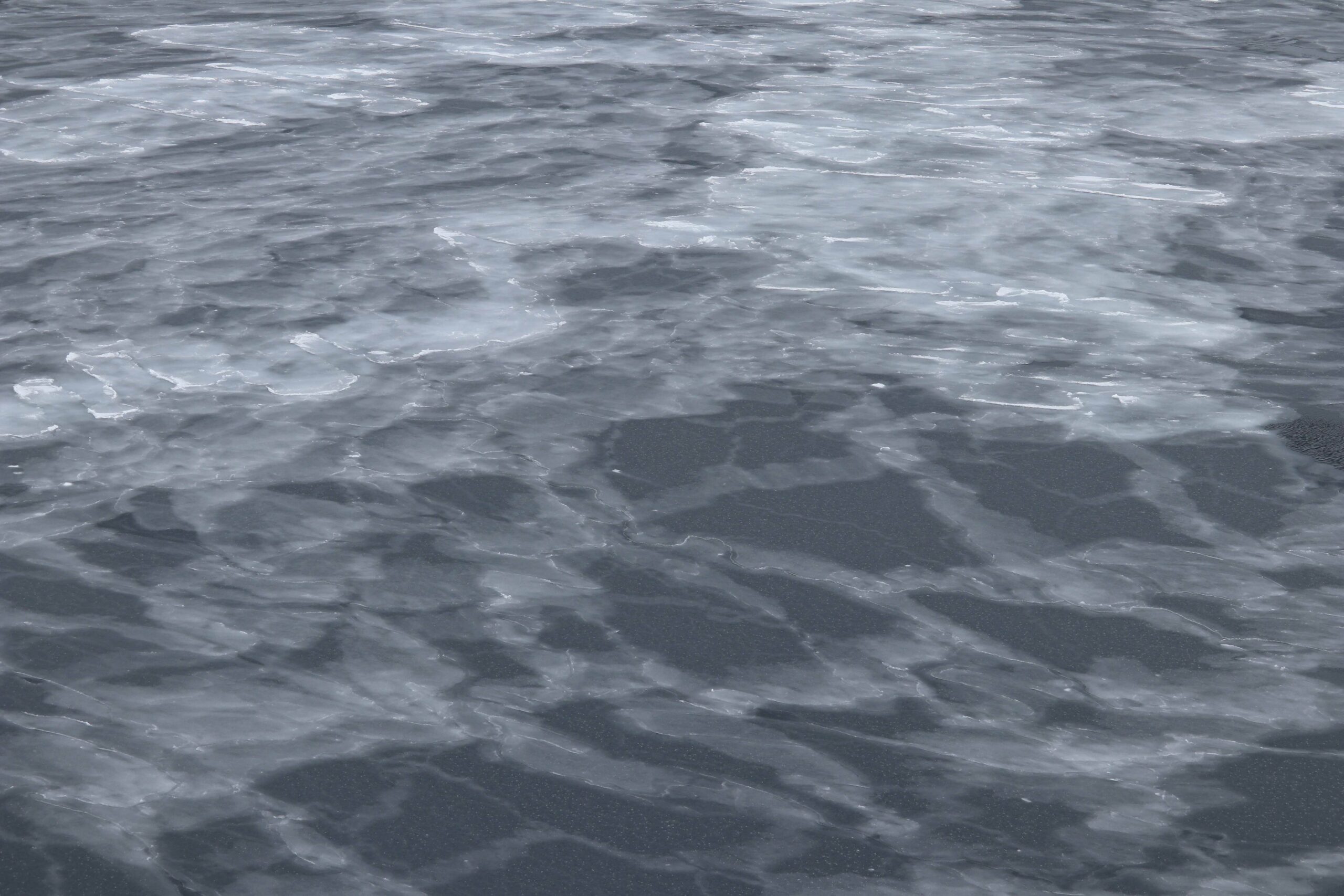
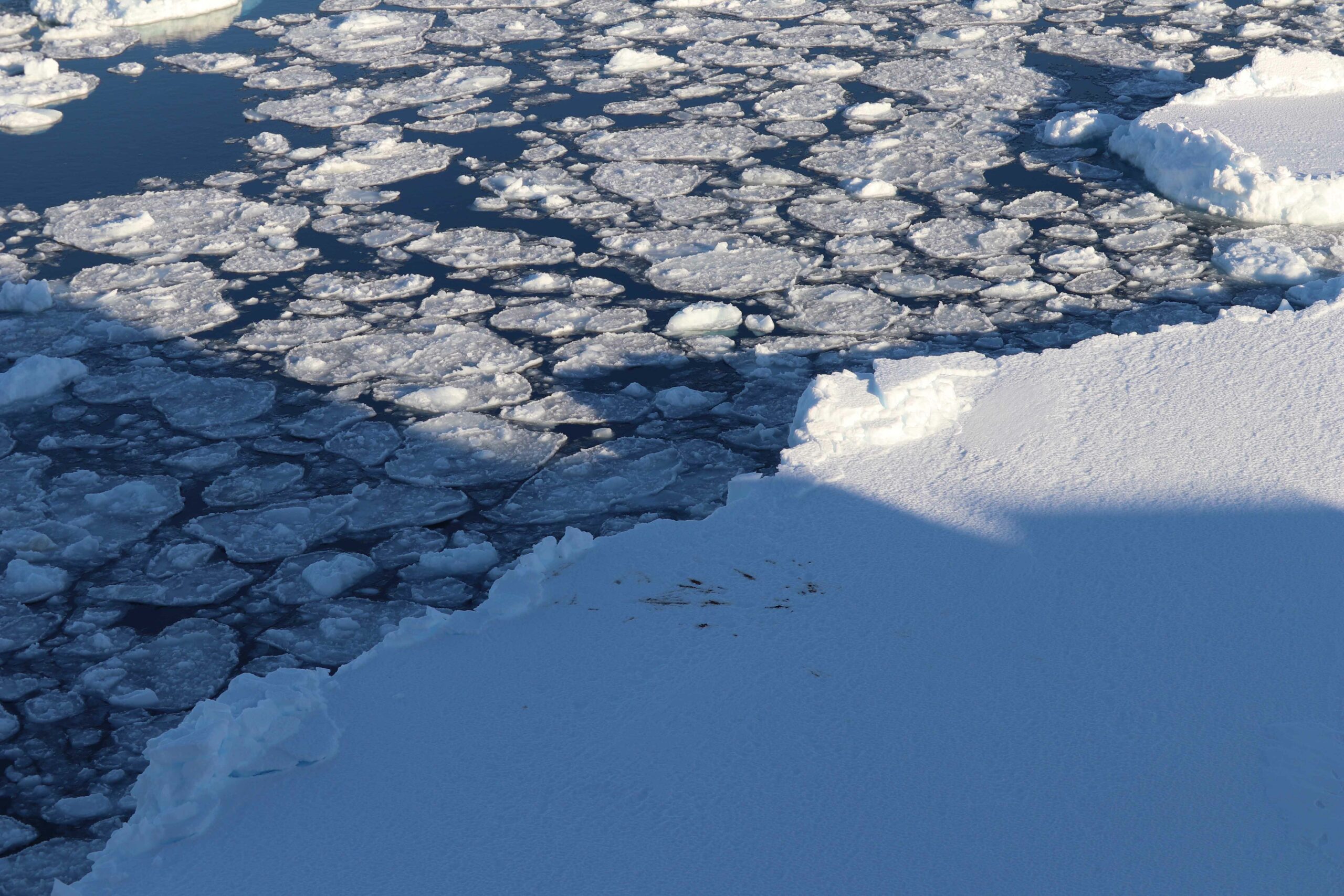
References:
- Copernicus, Sea ice cover for February 2025 (2025) https://climate.copernicus.eu/sea-ice-cover-february-2025
- Purich, A., Doddridge, E.W. Record low Antarctic sea ice coverage indicates a new sea ice state. Commun Earth Environ 4, 314 (2023). https://doi.org/10.1038/s43247-023-00961-9
- Hobbs, W., Spence, P., Meyer, A., Schroeter, S., Fraser, A.D., Reid, P., Tian, T.R., Wang, Z., Liniger, G., Doddridge, E.W. and Boyd, P.W. Observational evidence for a regime shift in summer Antarctic sea ice. Journal of Climate, 37, 7 (2024) https://doi.org/10.1175/JCLI-D-23-0479.1
- Raphael, M.N., Maierhofer, T.J., Fogt, R.L. et al. A twenty-first century structural change in Antarctica’s sea ice system. Communications Earth and Environment 6, 131 (2025). https://doi.org/10.1038/s43247-025-02107-5
FOLLOW OUR VOYAGE BLOG HERE
